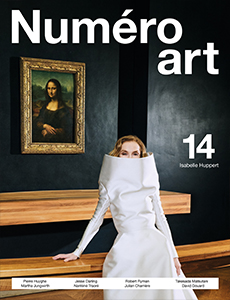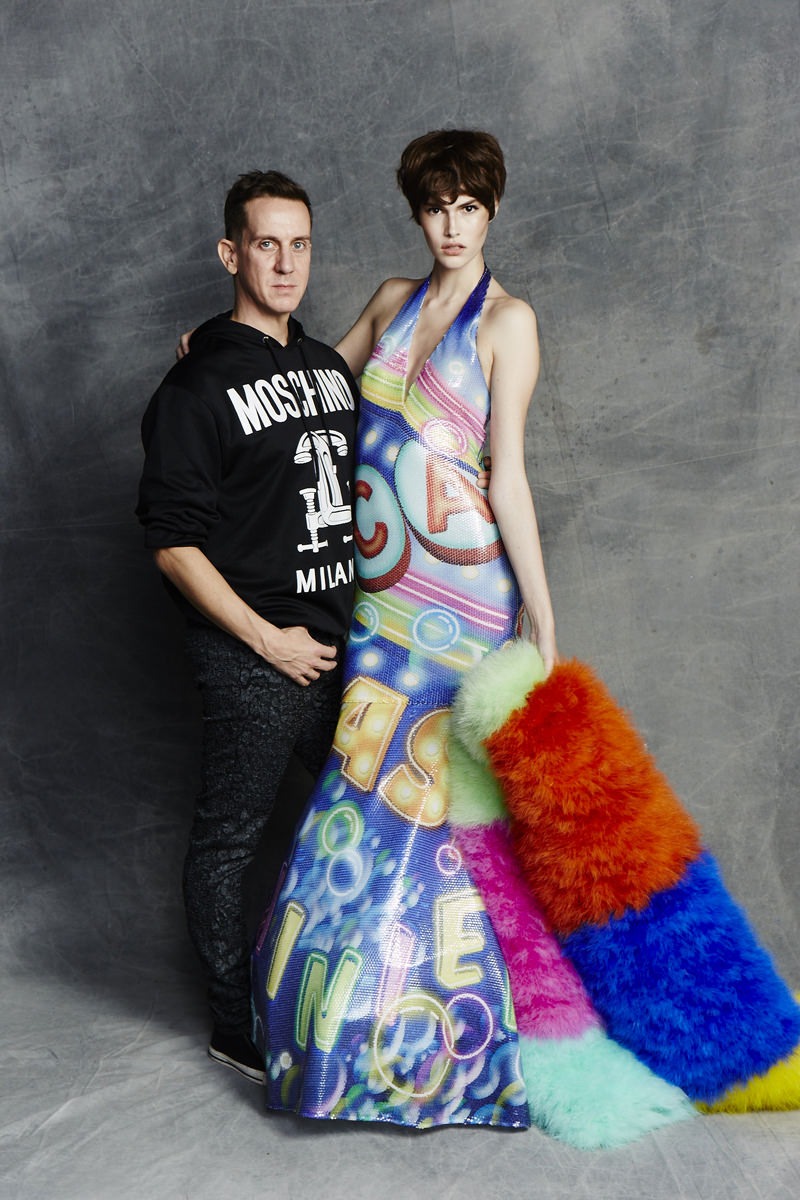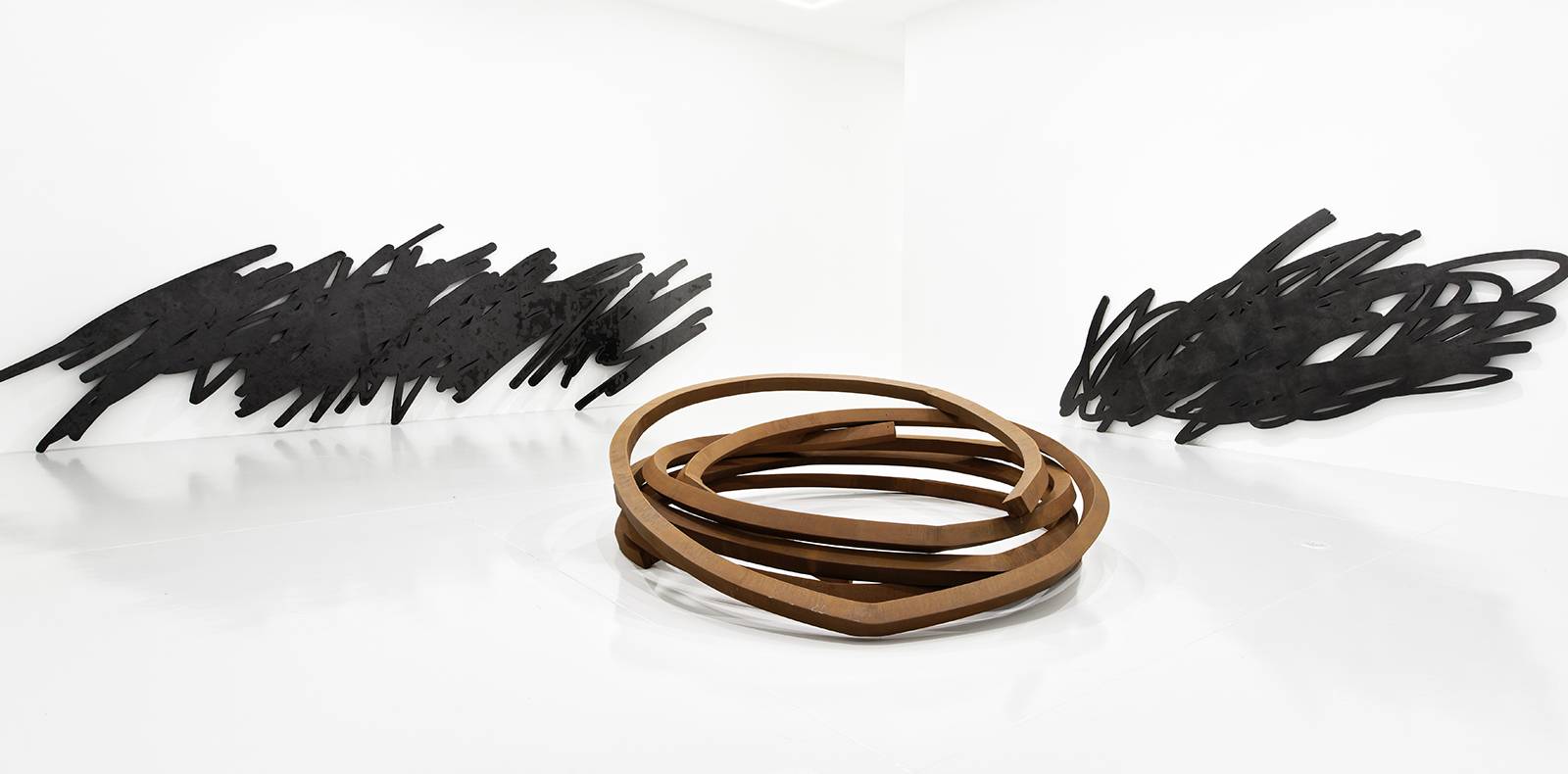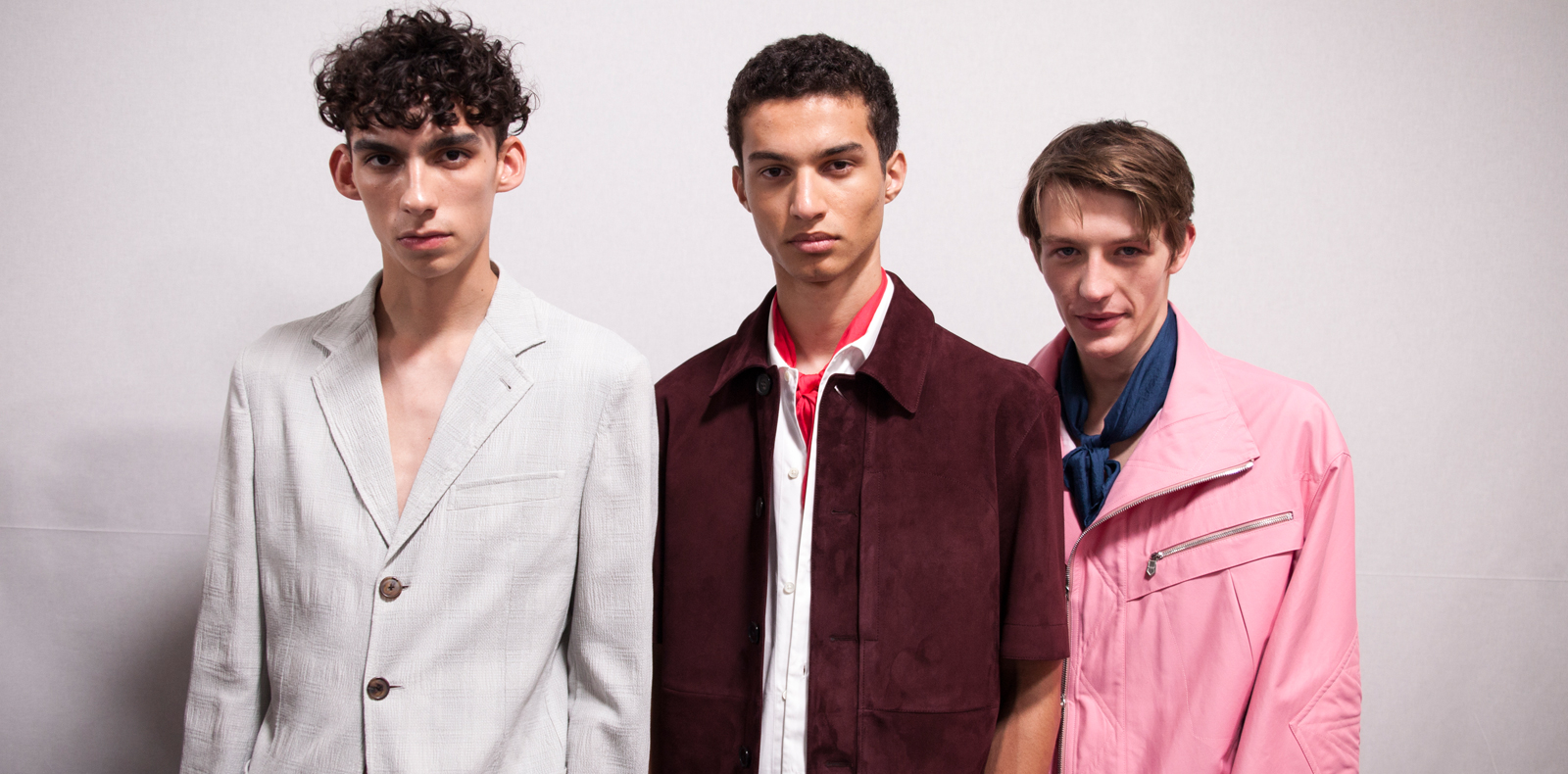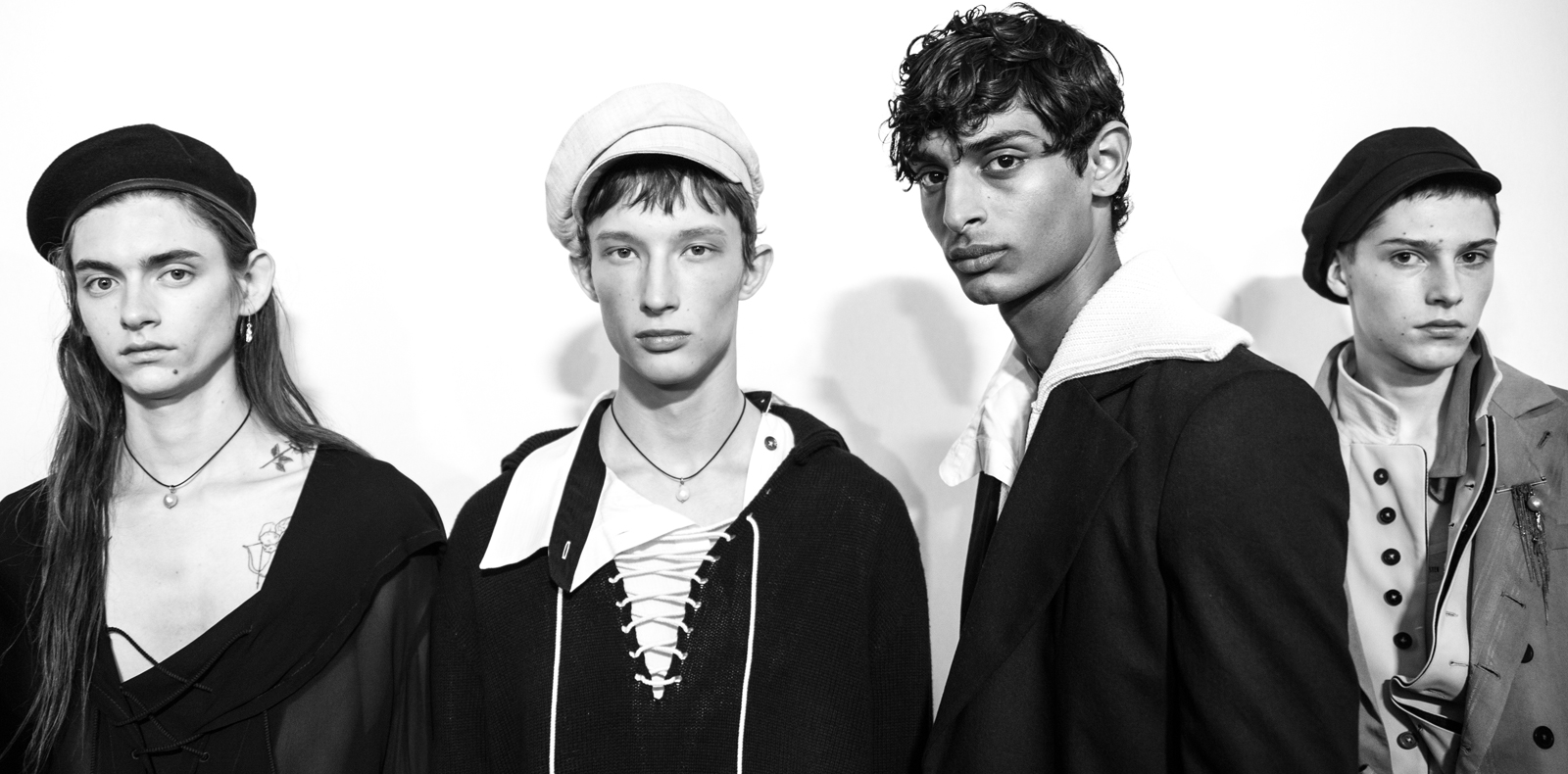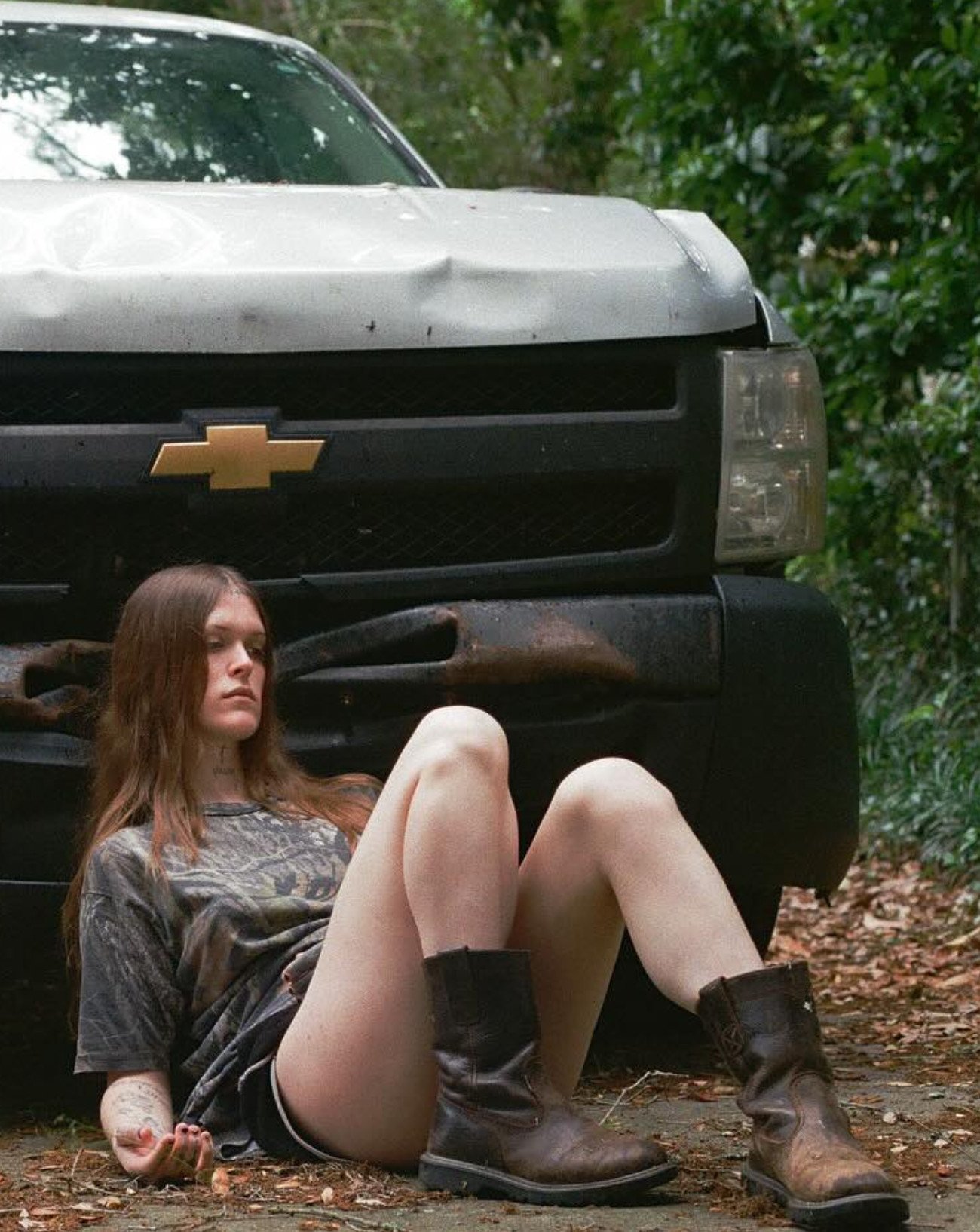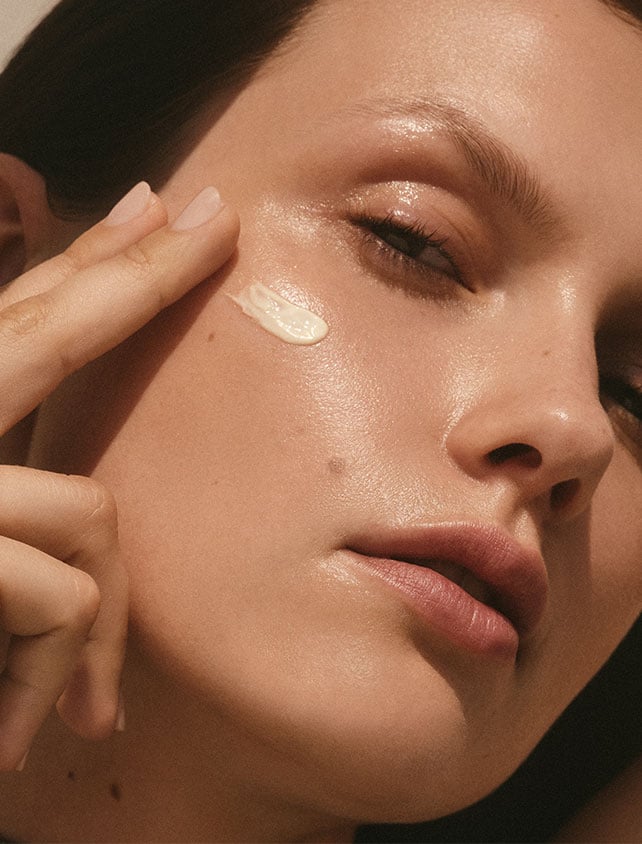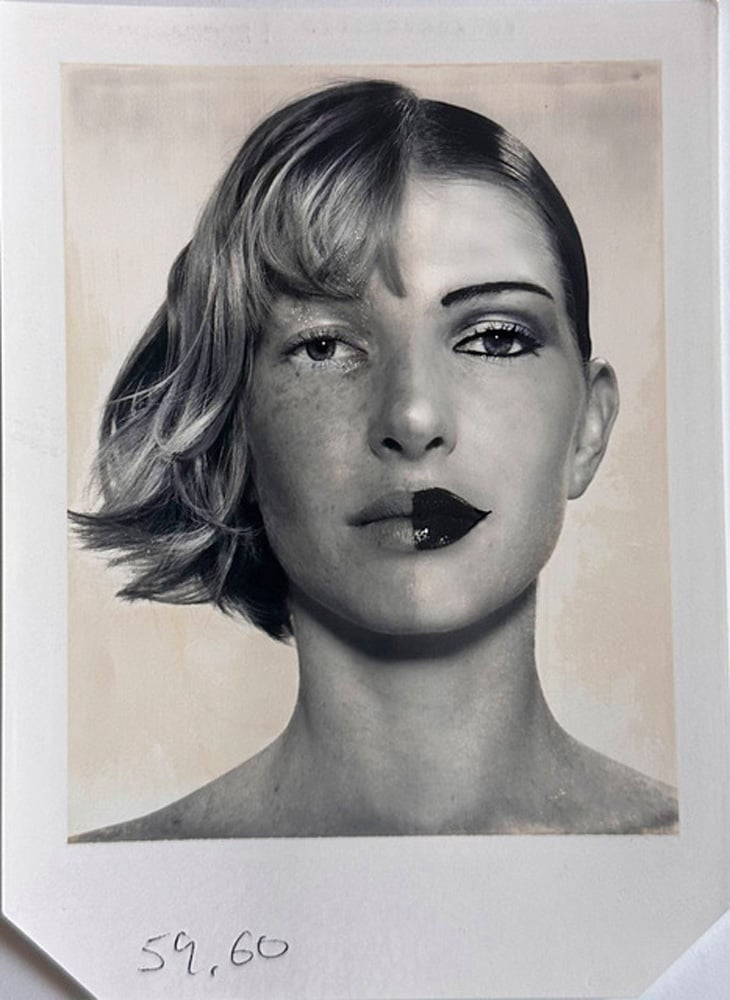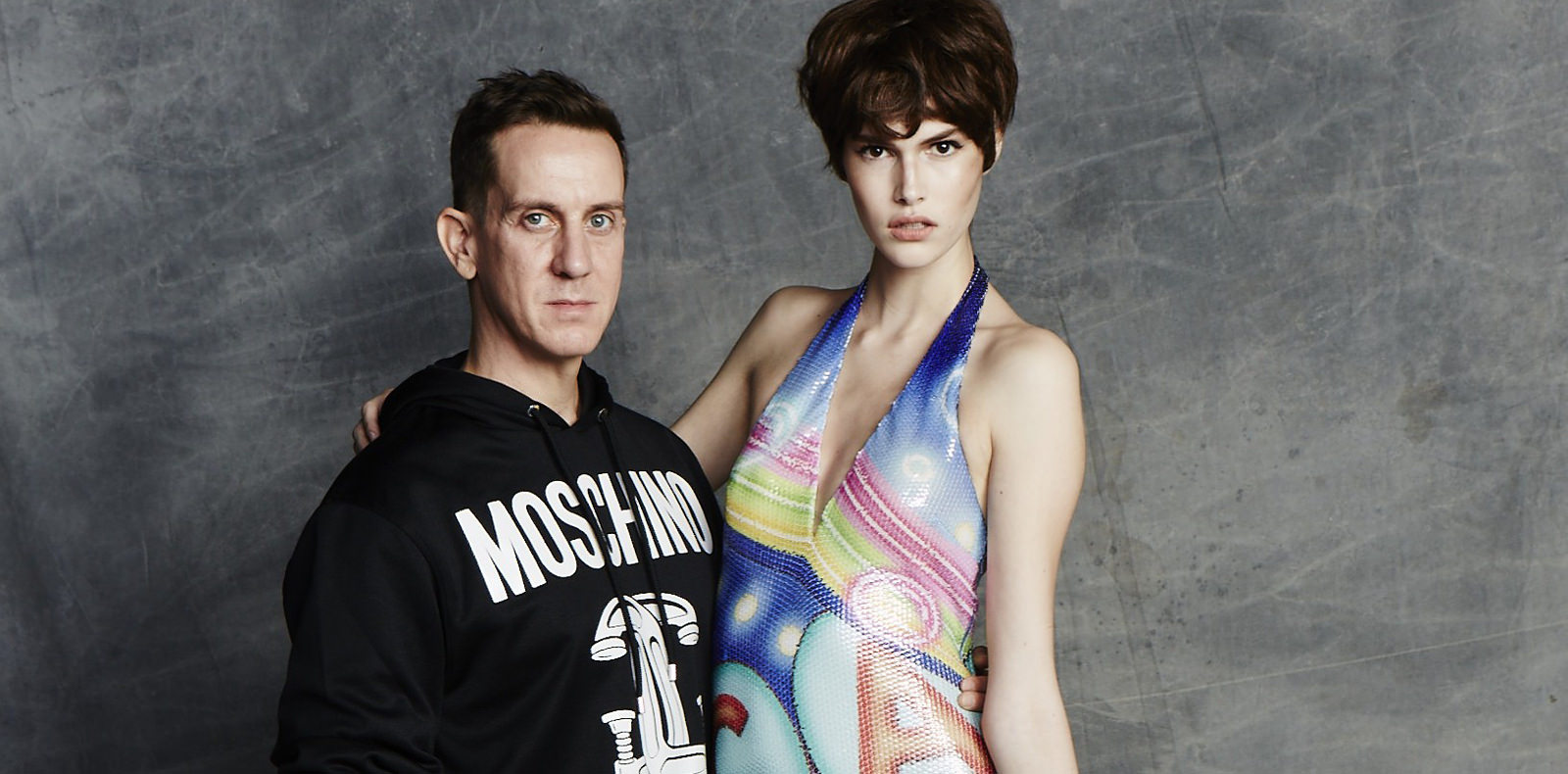
9
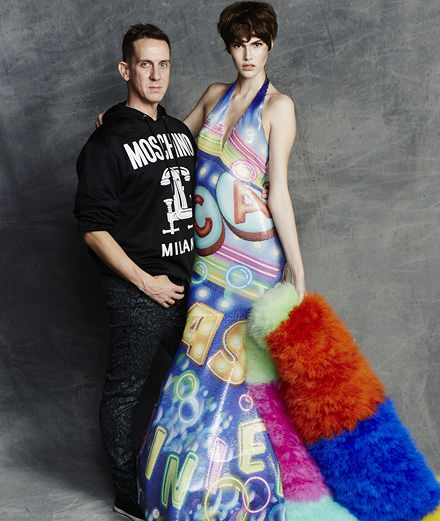
9
The portrait of Jeremy Scott, artistic director of Moschino
As artistic director of Moschino, the extravagant Jeremy Scott has been reinventing the brand’s image with brio and panache.
by Delphine Roche.
Numéro: You grew up on a farm in Missouri. What was your perception of fashion back then?
Jeremy Scott: I only saw fashion on T.V. or in magazines, so I had this fantasy that what you see on runways, the whole exaggeration of fashion, was real. I thought that was what people did everywhere else, just not in the little town I lived in. So I’ve always had this tilted view of it. Maybe that’s why I’m always so strong with my designs.
Did fashion seem inseparable from entertainment?
Yes, it’s always been tied into a knot. I saw fashion on T.V. through the likes of Lisa Bonet wearing designer clothes on The Cosby Show, or music videos where you saw high fashion. So in my mind, fashion was always connected to music and pop culture. I think that what’s amazing is when fashion can marry itself to pop culture as a vehicle to bring it to more people. That’s also probably why I enjoy working with performers so much, because it’s a great way to share my vision with more people. Some of the performers I work with are very close friends, and I love the fact that it’s not just me helping to tell their story, they’re also telling mine.
There’s been a big debate in fashion lately about being exclusive versus inclusive. You’ve clearly chosen to be inclusive.
I’m the “people’s designer,” so how could I not be? I’ve always wanted to share my vision with more people, and I’ve never felt that that’s a bad thing. I feel it’s more exciting
to see your clothes being worn, being part of society, of people’s stories. I feel sad for clothes that don’t have this opportunity and, as a designer, I feel it’s a failure. I think the hardest thing to do is to marry a creative idea with an industry outlet. That’s what I try to do with my collaborations, for example with Adidas and now with Melissa. I try to make very affordable things that are still highly creative. I strive to do that also with Moschino, with the capsule collections, which are more affordable but still from the collection. Obviously prices are much higher with Moschino, so that makes it more difficult for people, I nderstand that. But there are still things you can have, that are very strongly connected to
the collection and to the emotion.
You’ve been described as an “anti-fashion” designer. Would you agree?
I never think of myself as anti-fashion, I fuckin’ love fashion so much I put on a FASHION SHOW last night, you know what I mean?! I think I love fashion more than other designers, and they can’t hate me for that, or say that I’m wrong. I feel that what I do is more in the real sense of fashion: I try to give inspiration, a moment, something creative, something inspirational, something thought-provoking. I don’t really care about sales, or even critics’ opinions, I care about making a moment happen. And to me that’s the reason for becoming a designer. That’s what the designers I liked when I was growing up did – Jean Paul Gaultier didn’t always have great reviews. But I think we’re becoming a much more commercial society, even with the way we look at movies − we didn’t talk about the box office even ten years ago. It was about what people liked and people enjoyed, and today it’s all about numbers. So I’m lucky Moschino’s numbers are doing great, but that’s not the reason why I do it.
I do it from the heart.
Do you think it’s unfair that reviewers criticized your use of the McDonald’s logo in your autumn/winter 2015 collection for Moschino?
Absolutely. Me using McDonald’s signs is no different than Raf Simons using Ruby Sterling’s art. When I watched the documentary Dior and I, I thought, “Okay. Just because you’re using something that’s not known worldwide, you’re still taking something from something else.” There are people in the art world who are very familiar with that and identify it, and the rest of the population doesn’t. I’m just using something that’s more familiar to more people. And I think it’s shallow of people to think that, just because I use something that’s so recognizable, there’s no depth to it, that there’s not just as much passion. That’s a thing with fashion: people don’t have a sense of humour. It’s weird, because you’d think fashion would be fun and fabulous and frivolous, because ultimately we don’t need new clothes. There are enough clothes in the world to never have to make any more. We have clothes filling up landfills all over the world. So if we make something new, I want it to be something that you need for your heart, for your soul.
In the past, with Moschino, you’ve appropriated Looney Tunes, the McDonald’s logo, and also bourgeois codes, for example subverting the classic women’s suit in your runway show yesterday.
If you’re taking something like bourgeois codes and these chic suits and day dresses, and you flip it with these neon colours and reflective materials that belong to the field of construction work − something very masculine and industrial − you have to find a kind of balance. If I mean to have these codes then I have to balance them with something that people think is chic and precise.
Franco Moschino used to say that there’s no such thing as bad taste. Would you agree?
That’s always a tricky one. What is a bad taste? It’s a risk to even say it, because in fashion things you might think were bad taste become a craze the day after. It’s so subjective. I’m passionate about things that are pretty much out there and risky. So I think the same: there is no bad taste.
You’re friends with pop stars like Katy Perry and Miley Cyrus. What’s your reaction to people calling them tacky or vulgar?
You know, the truth is people never think about what came before and how it was perceived. When Elvis came up, he was shocking. He was shaking his hips, and it was outrageous. Now Miley had this big finger, and she was shaking her butt, but there was no moment like, “Oh my god, I’ve never seen this on T.V!” So it’s generational, like if someone thinks that I’m shocking today, and thinks that Saint Laurent is classic. In his time, Yves Saint Laurent was a crazy rebel and people were shocked and outraged. If people think I appropriate pop culture and art, what was the Mondrian dress? And it was shocking, it was new. Did he get permission from Mondrian to do it? No. I think people can be very narrow-minded. I’m doing what my forefathers did, and Miley is just doing what her forefathers did from Elvis to Michael Jackson to Madonna. I love that people think I’m shocking when I’m not even trying to be shocking. [Laughs.] Some people try so hard to get attention and don’t get it, and I’m not even trying! I’m never trying to shock people, that’s for sure. I’m trying to inspire and be thought-provoking, perhaps. With the car-wash theme last night, I was just trying to do something new. You guys have to see so many shows, I’d just like to give you a gift: that you come to my show and forget about everything else for ten minutes.
Your shows are so different from the rest. Fashion can be so serious these days. Why do you think it’s lost its sense of humour?
I don’t know. Maybe it’s because fashion brands now belong to these big conglomerates. I think it’s sad because, in the past, the different approaches were much more individualistic. Now things are much more homogenized. There’s less personality. And that makes me sad for fashion. I don’t want people to have my experience or my taste but something that is strong and identifiable.
Is this what attracts you to pop stars? That they take risks and put themselves out there?
Exactly, that’s what an artist does. You’re supposed to be generous. And I’m lucky that I have such admiration from these people.
Do you feel close to their world because, as performers, they have to put on a show all the time?
Yes. I can’t imagine having to put on a show every night in a different city, which is what Katy [Perry] is doing. It’s so emotional − last night I really gave a lot of my heart, my soul, my creativity, my spirit and my person to try to make that show what it was. I talked to each model that walked the runway about who they are, the characters that they embody, I tried to give them something so that when they came out there, they conveyed a character, and gave more than they normally do on a catwalk. So I can’t imagine for Katy how much she has to give of herself.
You’re so highly regarded in the pop world that MTV asked you to redesign their Moonman, the statuette they give to winners of the Video Music Awards.
It was such an honour. As soon as I hung up the phone, I cried. I mean I grew up with it and I love it, it’s part of pop music and pop culture and fashion melting into one thing. So to me, this is the most iconic award, and the most precious. I had no idea that I was so respected in that world. And it went further, because they asked me to design the set and the red carpet for the pre-show. It was just so phenomenal and so moving for me.
In the new documentary Jeremy Scott − The People’s Designer, A$AP Rocky says that, when he was just a kid in Harlem, you showed him that he could be part of the fashion world, that he had the right to be there.
It makes me happy that my work could touch someone’s life. That there are other people whose lives, whether or not they became successful like him, have been altered in a positive way by my work, my life and my energy. It’s great that he’s an emblem of that, and that he can be that for other people now. That means a lot to me. Because all I want is for my work to touch people’s lives, to communicate, to make a positive change. There’s nothing better.
